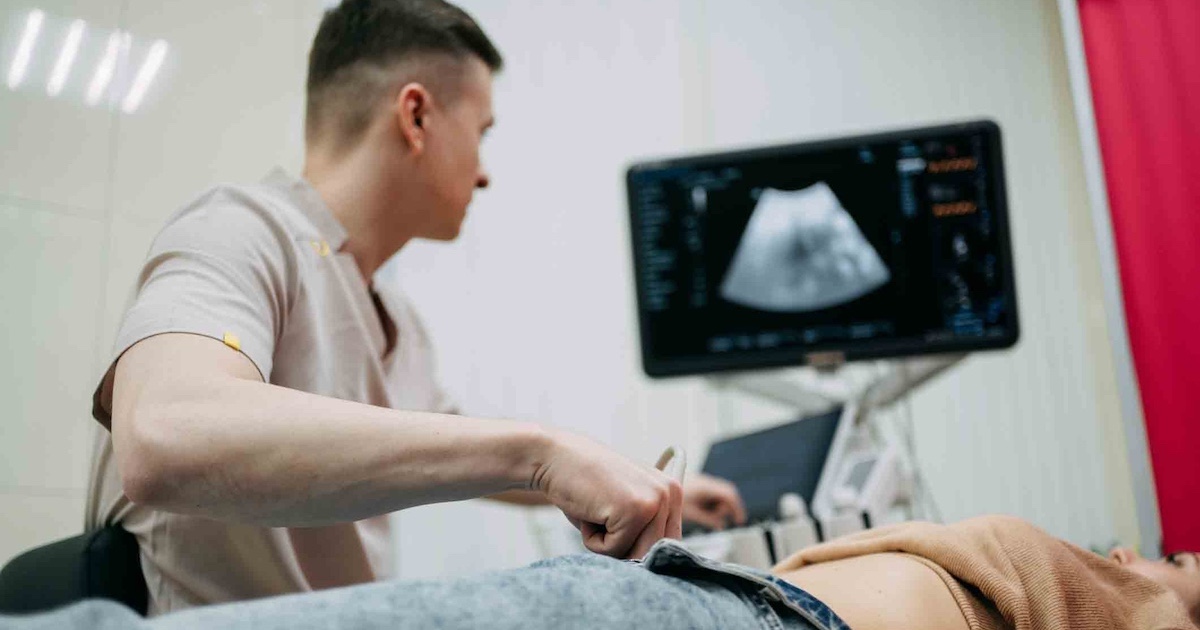Physician adoption of mobile technologies has risen at a propitious rate. According to a new report from Epocrates, 86 percent of clinicians now use smartphones in their professional activities, and 53 percent are using tablets at work. Despite the uptick in mobile use, many hospitals continue to rely on pagers and other outmoded technologies as a primary system of internal communication. These outdated methods invariably have an impact on clinical workflows, patient care and provider satisfaction.
In healthcare, ineffective communication is a main cause of medical errors and patient harm. With this comes an increase in mistakes, longer inpatient stays, higher care costs and inefficiencies in the logistics of care delivery. The Joint Commission recently reported that nearly 70 percent of these events can be traced back to a problem with communication. Streamlining the notifications process is necessary in order to lessen any gaps in care and improve patient outcomes.
However, overhauling a communications system can be a tedious and difficult process. Provider adoption can be a big problem when implementing new technology, especially when it requires physicians to manage multiple devices and protocols. Rather than learn to operate a new gadget, organizations can adopt an enterprise-wide communication platform that can be used with something providers are already comfortable navigating, such as their smartphone or tablet. As more organizations are adopting a Bring Your Own Device (BYOD) policy, standardizing communications with a personal mobile device is already becoming a reality.
Technology considerations
With so many different technologies in play, physicians can often experience alert fatigue due to the amount of prompts, alerts and alarms being sent. Receiving an overabundance of notifications, especially those that don’t require immediate action, can desensitize providers to the point of ignoring these messages all together. Knowing the many benefits automated communications can provide for an organization, it's increasingly vital to implement a notification system that not only prioritizes medical alerts, but can be modified per provider. Using a program with a rules-based engine allows physicians and nurses to tailor the frequency and type of notifications according to their needs and schedules.
For example, in the case of a non-emergency, one member of the care team may only want to be notified by text and in the evening, while another prefers to be notified by e-mail once every couple of hours. With the option to filter when, where and how messages are received, alert fatigue can be mitigated and all members of the care team remain informed and up to date on a patient’s status. With everyone conveniently in the loop, physicians and nurses are not only more productive but can provide a better level of care.
In the age of hectic schedules and instant gratification, there is also benefit in employing an automated system that pushes information out, rather than pulling it in from the recipient. Just as with unfiltered alerts, pulling information from a provider may require too much effort and time, resulting in missed or ignored messages. Oftentimes, physicians are asked to find the correct medical record terminal, log in and dig to find the appropriate information. Not only is this a tedious and annoying process, but it leaves less time for patient care and interaction. A great way to mitigate this pain point is to employ a notification system that complements and extends the reach of the medical record. The ability to push information ensures that the correct member of the care team is receiving the full notification on the spot, and to their specifications, without any extra work to gather what is needed for action.
Coordinating care is critical to improving a patient’s health and to reducing overall healthcare costs, and mobile notifications and alerts are a cost-effective, efficient and convenient way of doing so.
Tech-savvy patients
While provider adoption of mobile technologies has risen, consumer use of mobile technologies has increased even more. In fact, users check their smartphones an average of 150 times during a waking day of 16 hours, notes a study commissioned by Nokia. Such enthusiastic use allows a great opportunity for providers to engage with patients electronically.
For example, missed appointments result in underutilization of medical, nursing and administrative resources, not to mention lost revenue. Regardless of the reasons for not attending (forgetting, confusion about dates/times, etc.), these occurrences have a large impact on the efficiency of an organization. One of the best ways to reduce no shows is to proactively contact the patient to remind them of their upcoming appointments, and automating this outreach is becoming much easier.
Organizations can use this technology to create a template for each modality or even each procedure type which determines the message content, frequency and escalation process in the event of no contact with the patient. Such a system supports the ability for the patient to easily confirm the appointment or request a change via their mobile device.
As government mandates such as Meaningful Use Stage 2 continue to push patient engagement as a means to improve care outcomes and lower costs, mobile technologies will play a much bigger role in connecting patients with providers.
Standardizing communications
The increased adoption of mobile in the healthcare industry provides great opportunities for both physicians and patients. For providers, streamlining patient alerts and critical event notifications via a mobile device not only mitigates alert fatigue but actively engages all members of the care team. It also enables patients to be more involved in their own care, through events such as appointment reminders and patient surveys.
Standardizing the notification process can improve both the quality of care as well as the efficiency of healthcare operations across a variety of delivery environments. With the growing emphasis on mobile in healthcare, it makes sense for organizations to adopt an enterprise-wide communications platform that can be utilized with mobile devices.
Patrick Clarkin is the vice president of engineering at HIT Application Solutions.


